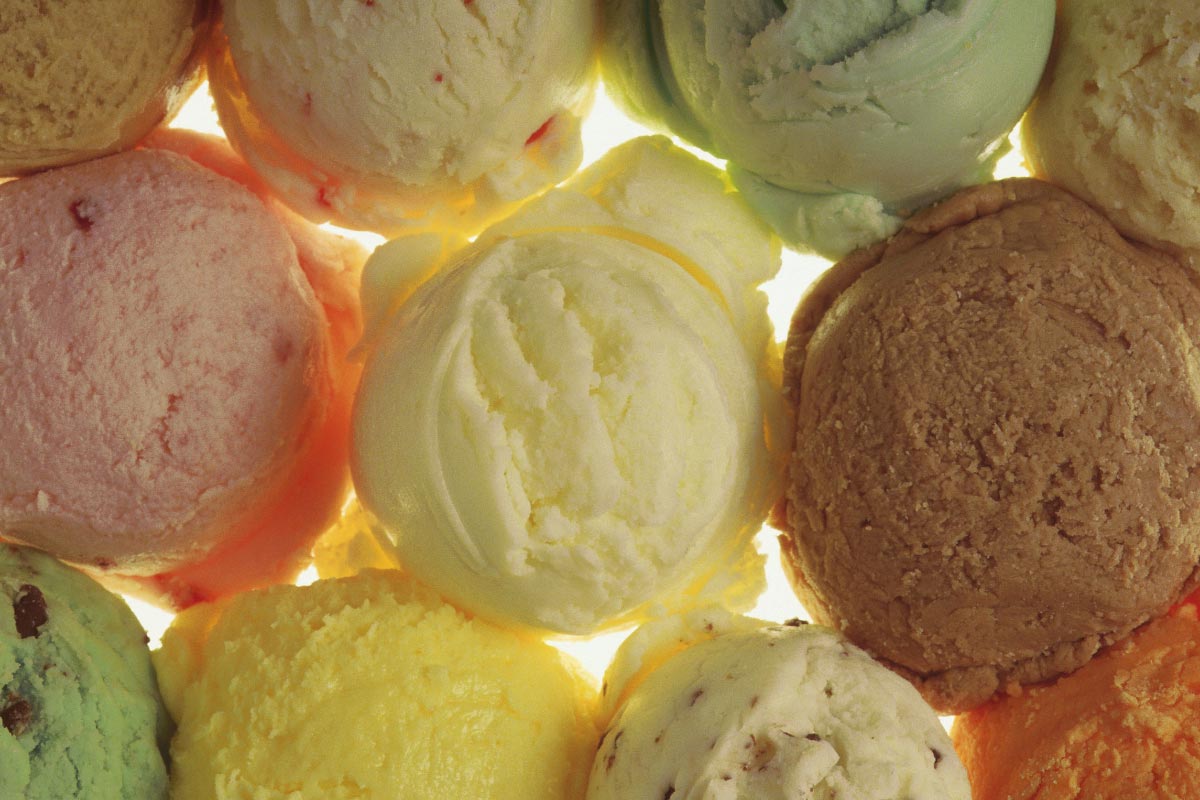Air pollution impacts on the pulmonary function of school children
02/07/2018 / By Michelle Simmons

A new study published in the IOSR Journal of Environmental Science, Toxicology and Food Technology has found that the air quality of different modes of transportation in Hong Kong affects the pulmonary health of primary school children.
- The study authors examined the link between the pulmonary function of primary school children and the air quality of public transport in Hong Kong.
- The study participants were 850 children aged 10 to 12 years, who are in primary five and six year levels, from 12 schools in Hong Kong.
- Each participant recorded their daily traveling activities and accomplished questionnaires about their indoor living conditions and respiratory health conditions.
- The study participants were also required to undergo a pulmonary function test.
- The researchers measured the air pollutants, such as particulate matters PM10 and PM2.5, carbon dioxide, carbon monoxide, and volatile organic compounds, in the routes to school and return home of the participants.
- The research team then conducted a statistical analysis on the modes of transportation and the lung function test results.
- Results revealed that the respiratory function of the school children varied, depending on their means of transportation.
- The study showed that students who go to school by the Mass Transit Railway (MTR) had the best lung function among others. On the other hand, those who travel by school buses showed the poorest respiratory function.
Overall, the findings of the study indicate that traveling by school bus harms the respiratory health of school children the most, while traveling by the MTR is the safest among the different modes of public transportation.
For a link to the full text of study, go to this link.
Journal Reference:
K.L. Mak, W.K. Loh. RELATIONSHIP BETWEEN AIR POLLUTION EXPOSURE IN DAILY TRAVELLING ACTIVITIES AND HEALTH IMPACT ON PRIMARY SCHOOL CHILDREN. IOSR Journal of Environmental Science, Toxicology and Food Technology, 2017; DOI: 10.9790/2402-1110025360
Tagged Under: air quality, health hazards of public transportation, lung function, public transportation, pulmonary function, respiratory health, school children, transportation air quality




















